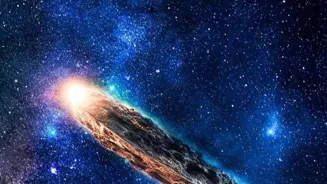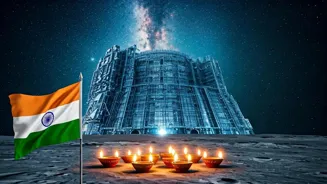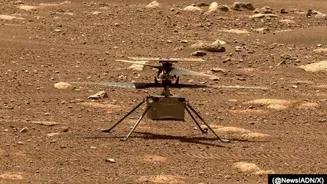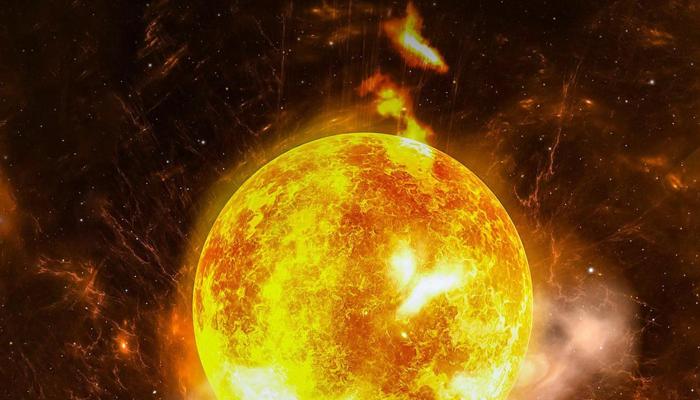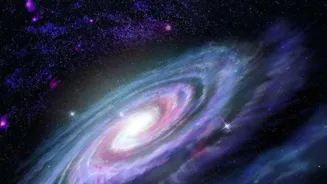Exploring the Cosmic Frontier: Unveiling the Epic Tales of Space Missions that Revolutionized History. Dive into the captivating saga of human ambition, innovation, and cosmic exploration. Each mission
unveils a new chapter of our extraordinary journey beyond Earth's bounds. Discover the tales that shaped our past, present, and the promising future of space exploration
India, a nation rapidly making its mark on the global stage, has always been captivated by the mysteries of space. From ancient astronomers charting the movements of celestial bodies to modern scientists launching satellites into orbit, our connection to the cosmos runs deep.

But beyond national pride, the story of space exploration is a universal human story – a tale of ambition, ingenuity, and the relentless pursuit of knowledge. Many space missions that happened in the past have made our future a grand success.
Space journeys have brought us new technologies, made our world better to live and have given us a better perspective about our pale blue dot.
The Space Race ignited by Sputnik's launch in 1957
The early days of space exploration were defined by intense rivalry and boundless optimism. The launch of Sputnik 1 by the Soviet Union in 1957 sent shockwaves across the world, marking the start of the Space Race.
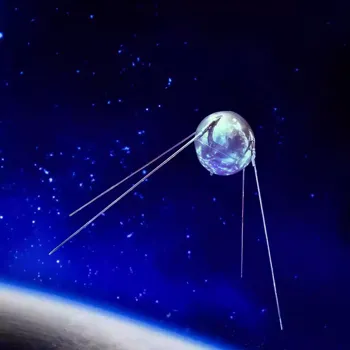
This tiny satellite, no bigger than a beach ball, became a symbol of technological prowess and sparked a fierce competition between the superpowers. America was under pressure to catch up fast with the Soviet Union.
This led to the creation of NASA and accelerated research into rocketry, materials science, and electronics. Sputnik’s simple beep, heard around the world, was the catalyst for a new era. This was a very important discovery for the human race. It encouraged many scientists to come together.
Apollo 11 mission: iconic moment of global unity, Neil Armstrong's historic moon walk
One of the most iconic moments in history was undoubtedly the Apollo 11 mission in 1969. Neil Armstrong’s first step on the moon, uttering the famous words "That's one small step for man, one giant leap for mankind," remains etched in our collective memory.
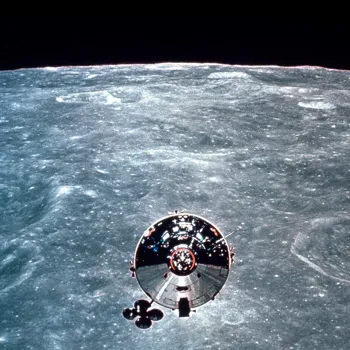
It was a moment of unprecedented global unity, watched by millions on television. The mission wasn’t just about planting a flag; it was about collecting lunar samples, conducting experiments, and proving that humanity could reach beyond its home planet. NASA had its own hurdles to cross.
Despite that the American scientists had promised to take humanity to moon by the end of 1960’s and they delivered.
Voyager probes explore solar system, share Earth's message with aliens
The Voyager program, consisting of Voyager 1 and Voyager 2, launched in 1977, were a grand tour of the outer solar system. These probes visited Jupiter, Saturn, Uranus, and Neptune, capturing breath-taking images and gathering invaluable data about these distant worlds.
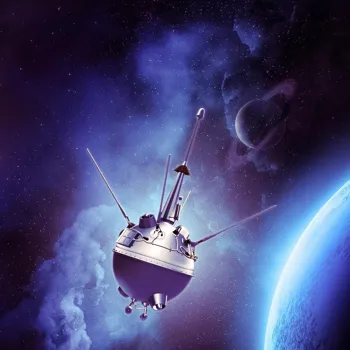
Voyager 1 eventually ventured into interstellar space, becoming the first human-made object to do so. The Golden Record onboard each Voyager spacecraft, containing sounds, images, and music from Earth, is a message in a bottle to any potential extraterrestrial civilizations.
Hubble Space Telescope: Window to the Universe
The Hubble Space Telescope, launched in 1990, showed us our universe in a way never seen before. Placed above the Earth's blurring atmosphere, Hubble captured stunning images of galaxies, nebulae, and other cosmic wonders.
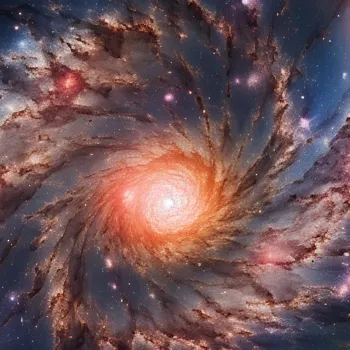
Its observations have helped scientists understand the age of the universe, the formation of stars and planets, and the existence of black holes. The Hubble telescope is one of the very important achievements that humanity has ever accomplished. It is giving an excellent view of our universe.
International Space Station: Symbol of space collaboration and research, inspiring future astronauts
The International Space Station (ISS), a joint project involving multiple countries, is a symbol of international collaboration in space.
It serves as a research laboratory, where astronauts conduct experiments in microgravity, studying everything from the effects of space on the human body to the development of new materials.
The ISS is also a stepping stone for future missions to the Moon and Mars, providing valuable experience in long-duration spaceflight. The invention of ISS has inspired many growing kids to dream and grow into becoming astronauts and space scientists.
This is truly another wonderful achievement of humanity.
India's space achievements from Aryabhata to Mangalyaan showcase ISRO's prowess on a budget
India’s own space journey has been nothing short of remarkable. From launching its first satellite, Aryabhata, in 1975 to the successful Mars Orbiter Mission (Mangalyaan) in 2013, ISRO has consistently demonstrated its capabilities on a shoestring budget.
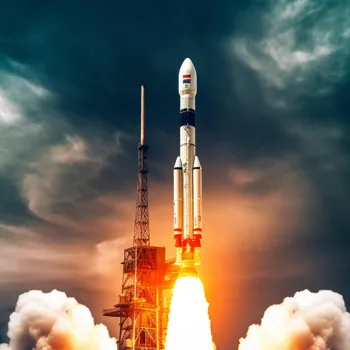
Mangalyaan, in particular, captured global attention for being one of the most cost-effective Mars missions ever undertaken, proving that ambitious space exploration can be achieved with limited resources.
Not only this, ISRO is also working day and night to take humans to space under the Gaganyaan mission. The Gaganyaan mission will solidify India's position in the space race.
Space tech benefits daily life, from communication to disaster management, enhancing global connectivity
Space exploration hasn't only expanded our knowledge of the universe but has also given us many useful things that we use in our daily lives. Satellite communication enables global connectivity, allowing us to talk to people across the world and access information anytime, anywhere.
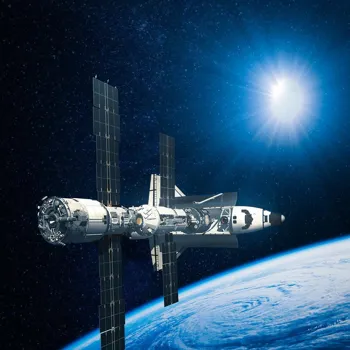
Earth observation satellites provide data for weather forecasting, disaster management, and agricultural monitoring, helping us to better understand and manage our planet.
Space technology has also led to innovations in medicine, materials science, and energy production, improving the quality of life for people on Earth. Space tech is very useful in monitoring many events on our planet.
Future of space exploration: moon base, Mars missions, human potential, international cooperation
Looking to the future, the next chapter of space exploration promises to be even more exciting. Missions to return to the Moon, establish a permanent lunar base, and eventually send humans to Mars are all on the horizon.
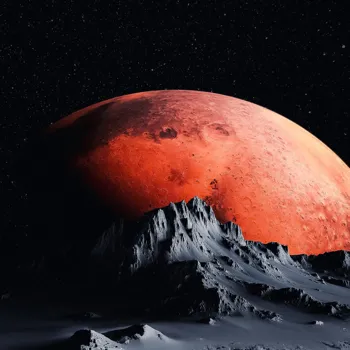
These ambitious projects will require international cooperation, technological breakthroughs, and a continued commitment to pushing the boundaries of human potential.
As we continue to explore the cosmos, we not only learn more about the universe but also about ourselves, our place in the grand scheme of things, and our ability to achieve the seemingly impossible with determination, knowledge and hard work.
The future of space exploration is really bright, and soon we should have people living on the moon and mars.
Space missions inspire us to dream big and work together for human progress
The stories of space missions inspire us because they show us what can be achieved when we work together, when we dare to dream big, and when we refuse to give up in the face of challenges. The journey to the stars is a journey of discovery, innovation, and ultimately, a journey of human progress.

As we peek into the endless cosmos, one thing becomes clear: the spirit of exploration is an important part of who we are, and it will continue to propel us forward, towards new discoveries and new horizons. Always keep exploring and never stop dreaming.

